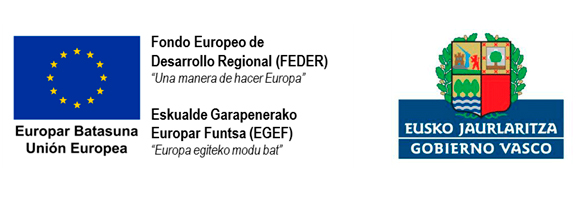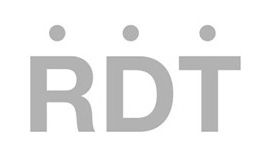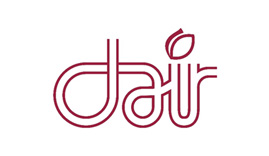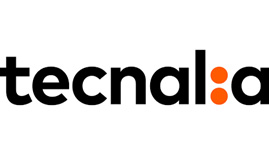ZUBIoT
INTEGRATION OF THE STRUCTURAL MONITORING OF BRIDGES IN THE INTERNET OF THINGS WITH A DIGITAL TWIN
Financing program:
HAZITEK / CDTI
ZL-2022/00200 / IDI-20211065
The objective of the ZUBIoT project is to democratize bridge monitoring technology, offering a configurable system based on free code tools and low-cost solutions, which grants self-sufficiency and decision-making capacity to the user, at a cost compatible with exploitation. and the widespread “smartization” of these structures. The proactive management of bridge maintenance, through the implementation of continuous and remote access to sensor data, IoT platforms in the cloud and the contextualization with a digital twin of the asset, can allow:
- Optimize the number and time of traditional inspections, reducing the associated costs.
- Anticipate the progression of the damage, reducing repair costs and extending the useful life of these structures, which delays their replacement and the economic and environmental consequences that the construction of new bridges generates.
- Avoid possible damage to people, to the transport infrastructure itself and, in general, to social and economic damage, enabling the responsible expert to remotely carry out complementary judgments of the structural state of the bridges based on the data that is continuously measured ( according to the monitoring plan of each structure).
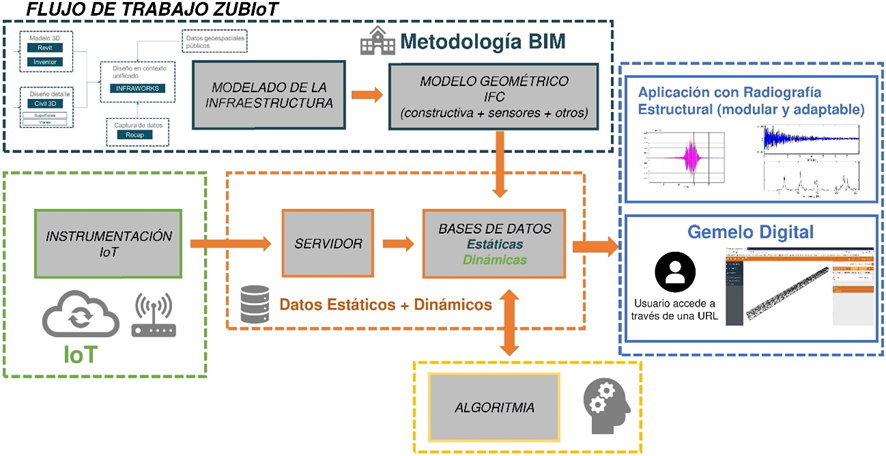
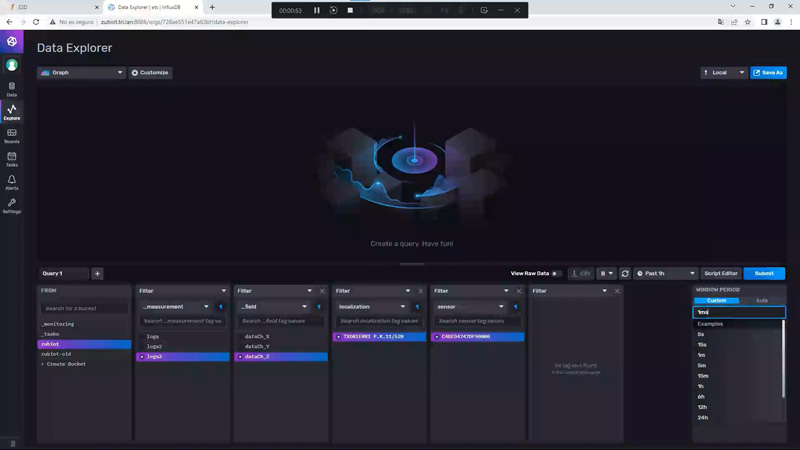
It is very important to highlight the singularity of the structural monitoring of transport infrastructures, in this case of bridges. Each bridge needs its own monitoring plan, since, unlike the industrial sector, the construction sector does not produce mass production of infrastructures. Among other aspects, they are particular cases in terms of:
- The typology and materials used, as well as the constructive uncertainties.
- The failure modes to consider, ELS (Serviceability Limit States) or ELU (Ultimate Limit States).
- The locations or construction elements to monitor (critical sections, deck, supports, abutments…) and the stresses to which they are exposed.
- The environment and other variables that affect durability and integrity, as well as aging.
Consequently, ZUBIoT is proposed as a flexible, adaptable and scalable solution for remote BIM contextualization of measurements with IoT systems, which is currently considered the most suitable and feasible technological approach for monitoring bridges in practice.
INNOVATION
The ZUBIoT system includes innovative functionalities that result in advantages over traditional bridge inspection techniques and expensive existing monitoring systems (which in practice are only installed on unique or poorly maintained bridges):
- Remote information with real-time transmission and the possibility of high sampling frequencies thanks to the establishment of IoT protocols over the 4G network. This allows the structure’s own vibration frequencies to be obtained directly on the server (without hardware preprocessing) from the raw acceleration data (from which parts of interest can also be selected to be saved in a series database). of time).
- Visualization of the results in a digital twin of contextualization accessible via URL, with a 3D representation of the monitored asset and the location of the sensors, with the possibility of access from them to “dashboards”, stored data and “Cloud” processes, being possible the customization and optimization of the monitoring of each bridge by an expert user.
- Configuration of alerts in real time through thresholds selected by a competent technician for each monitored structure. The monitoring of each sensor with a unique identifier throughout the process allows the orderly collection of data for the future implementation of Artificial Intelligence developments within the framework of other projects.
- ZUBIoT is adaptable to any type of measurement system (with or without cable) from which an IoT shipment can be established on site (with or without a PC, depending on the case). In particular, the project’s pilot research test included low-cost Wireless accelerometers, energetically autonomous through solar panels, and with a trigger configured to measure and send temporary records for a certain time after the train entered the bridge.
Financing
CONSORTIUM
CONTACT
For any questions about the project, you can contact the consortium by writing to:
Aitor Molinuevo Barrenechea
aitor.molinuevo@rdt.studio
(+34) 607 831 292

